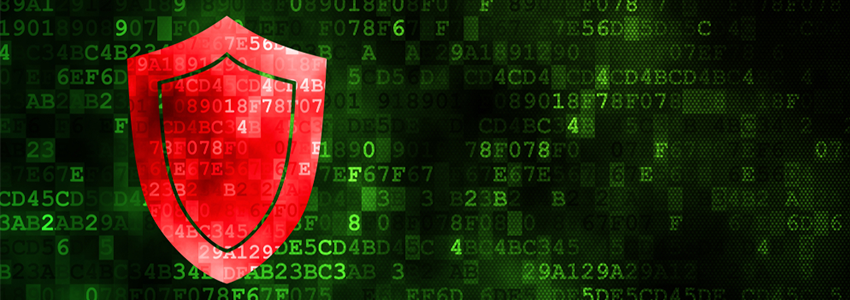When you hear the word “hacker,” what comes to your mind first? Most people associate these computer geniuses with cybercriminals, and that is just plain incorrect. Most hackers are programmers, network administrators, and security consultants. Hackers build things and cybercriminals break them. They help you secure your network against various threats. One effective security approach that they use is the Forrester Research zero trust model.
The most common ways that data breaches happen are:
- Criminal Hacking (48%).
- Malware (30%).
- Human Error (17%).
- Social Engineering (17%).
- Privilege Misuse (12%).
- Physical Actions (11%).
The figures here reflect Verizon’s 2018 Data Breach Investigations Report. Enforcing Forrester Research zero trust model decreases the chances of data breaches.
Zero trust architecture replaces the old “castle and moat” security concept. This approach classified users as trusted and untrusted. Denying network access to external users and allowing internal users was the logic. But it came to the point where most data breaches were from within the network itself. This old security concept is not reliable anymore. A better approach has emerged: the Forrester Research zero trust model.
John Kindervag created the zero trust model in 2010. He was then the principal analyst at Forrester Research Inc. The Forrester Research zero trust model enforces the “never trust and always verify” principle. A network is not accessible to any user or device by default. Internal users are not an exemption. They must pass identity verification before gaining network access.
Upon successful identity verification, they gain access to the network's computing resources. But these privileges still come with restrictions. No user or device will have full access rights to every network resource. A regular office clerk should not have access to payroll files, for example, and your network admin should not be able to view confidential company files. The Forrester Research zero trust model enforces a strict “least-privilege access” approach.
A zero trust security framework prevents breaches and protects your business against threats. There are many ways of securing a computer network. You’ll now learn the best practices in enforcing the Forrester Research zero trust model.
The Best Practices in the Forrester Research Zero Trust Model
Securing a network is not an easy task to do. It consumes a great deal of your time, money, and effort. Enforcing security right at the foundation of every network infrastructure is advisable. The work environment today is very flexible, as people can bring their own devices for work. But this adds to the technical difficulty of doing these tasks.
Worrying can only bring more stress. You can solve this by passing the burden to a third party: You can outsource your business’s needs to a managed IT service provider (MSP). Here are the best practices when enforcing the Forrester Research zero trust model:
Best Practices #1: Auto-Containment
You should secure endpoint devices from threats without affecting user productivity. Doing this also provides you with zero-day attack protection. Threats are immediately contained upon detection. They can’t do any harm to any file or process outside their container.
Best Practices #2: Quick Verdict
These threats under containment undergo examination and the outcome is faster than expected. This is possible by combining machine learning and human expertise.
Best Practices #3: Cloud-Delivered
Endpoint protection must be manageable from a central platform and shows real-time visibility. The client-side program must also be lightweight. A cloud-based zero trust solution provider can assist you with this.
Best Practices #4: Identify and Discover
Your MSP looks for malicious activities, policy violations, and intrusions 24/7. This is like having security guards patrolling every corner of your business’s premises.
Best Practices #5: Threat Hunting
A proactive approach to threat hunting in clients’ networks is mandatory. A threat must not have any place to hide and perform its malicious activities.
Best Practices #6: Managed Response
Your MSP will add endpoint security and network protection using the optimal configurations. Having many layers of security is always the best defense. When one layer fails, the others can still provide strong security.
Best Practices #7: Secure DNS Filtering
Adding a network, confirming security policies, and changing DNS settings should be easy. These are possible to do at the same time while preventing unproductive web browsing. Your MSP should be able to do all these things with ease.
Best Practices #8: Remote User Protection
Web browsing rules apply to all employees, whether they are in the office or not. Their browsing activities must be observable from any location.
Best Practices #9: Easy Customization
Customizing category and security rules according to your business’s needs is a must. This is also applicable to both protection and productivity.
Conclusion
Now you know what the Forrester Research zero trust model is and its best practices and are aware of the importance of having zero trust architecture. For more information, please click here.
